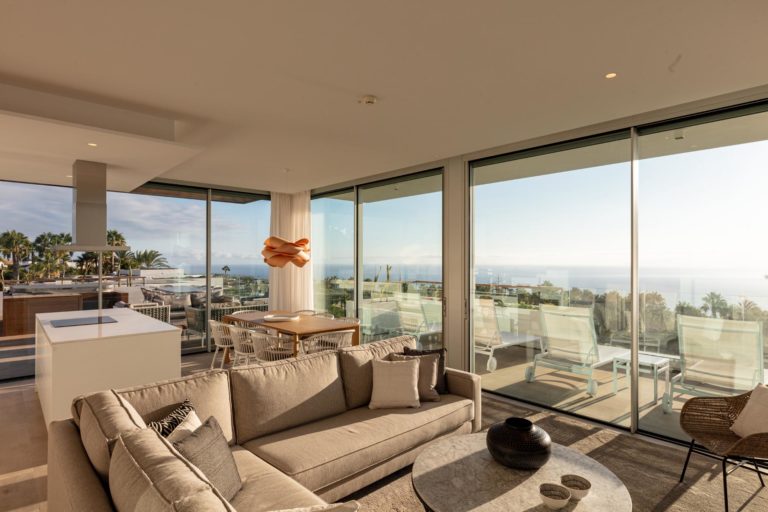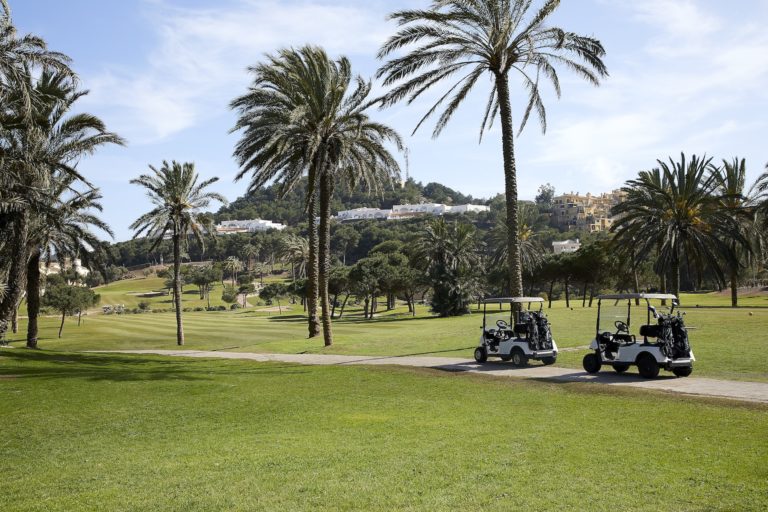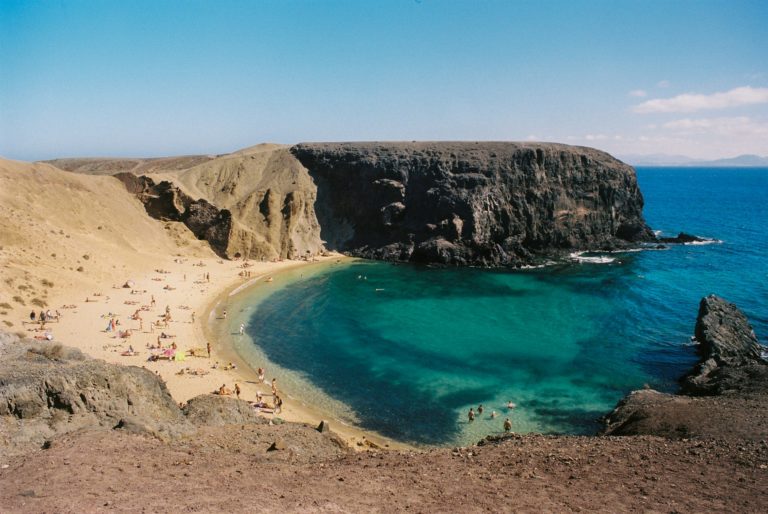
Branded Residences in Spain have transitioned from uncertainty to becoming a solid real estate product, rivaling the most prestigious international developments. As highlighted in a previous discussion, the Iberian country has emerged as a leader in the construction of new residential complexes under the umbrella of major luxury brands.
A quick look at Marbella, Málaga, reveals three striking developments underway: the 53 Lamborghini-inspired villas of Tierra Viva, the 92-unit Dolce & Gabbana Design Hills, and the five exclusive Karl Lagerfeld villas, each with its own unique architectural design. While the names are impressive, experts warn that branding alone cannot define the success of a product that is, at its core, residential. Equally importantly it must focus on the needs of its clients.
During the panel discussion “The Branded Residences Phenomenon” held at the Hospitality Real Estate Forum by Simapro, Coré Martín, VP Development Spain & Portugal at ACCOR, emphasized: “Branded Residences require thorough residential planning. Simply attaching a brand is not enough. Developers must first define the product—its pricing, unit type, and target market—and only then identify the brand that complements it. Too often, we forget that everything begins with understanding the end buyer.”
Similarly, Álex Allende, Business Development Director at Arum Group, during the debate at the Hospitality Real Estate Forum highlighted the need to return to the original definition of Branded Residences. For him, it is a concept deeply aligned with the brand, a project that must be well executed from start to finish and not a signature that is put at the end, like a surname of endorsement. In his experience, Branded Residences are not suitable for every type of project: “It’s not enough to have a luxury product with hotel-like services,” says Allende. “For branding to work, there must be a perfect fit between the development, the market, and the target audience. When done well, branding accelerates sales, but the real driver of success remains the clients themselves.”
Indeed, the owners who occupy these luxury villas and apartments are the most powerful ambassadors for the development, and they must continue to feel valued even after the sale has closed. For instance, when Branded Residences are part of a resort, owners easily integrate into the ecosystem of premium services such as golf courses, spa centers, tennis courts, and fine dining restaurants but they are also the first to benefit from exclusive discounts and personalized activities. In this way, the owner goes from being an anonymous client to becoming an enthusiastic advocate for the brand.
While the luxury brand attached to the project undoubtedly carries weight due to facilitating quick investment returns, we cannot forget to recognize that buyers in this market are driven by aspirational motives. This is precisely the key value proposition that the project must deliver.
According to Allende, in most cases, these properties serve as second homes, purchased to reinforce a specific lifestyle. This raises the critical question for new Branded Residences España projects: What is the profile of my buyer? What lifestyle do they lead, and how can this development reinforce it? For real estate innovation to continue its upward trajectory in Spain, the true differentiator will not be the association with a renowned luxury brand alone but a deep focus on the buyer—their needs, aspirations, and expectations.



